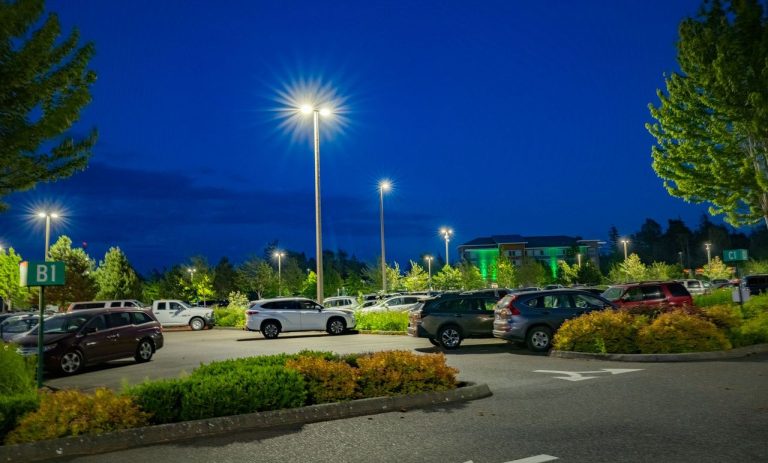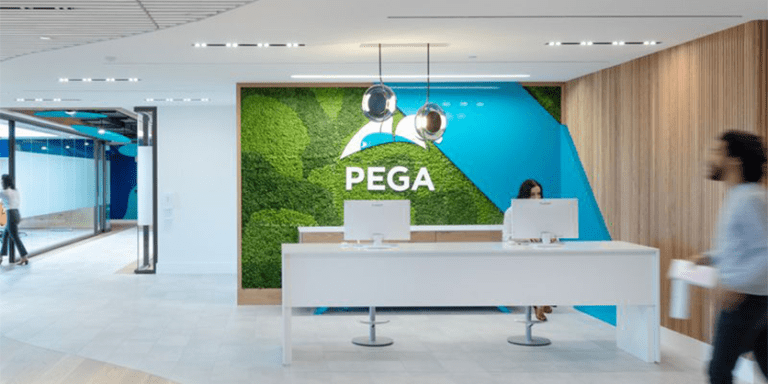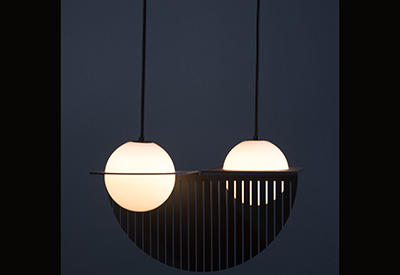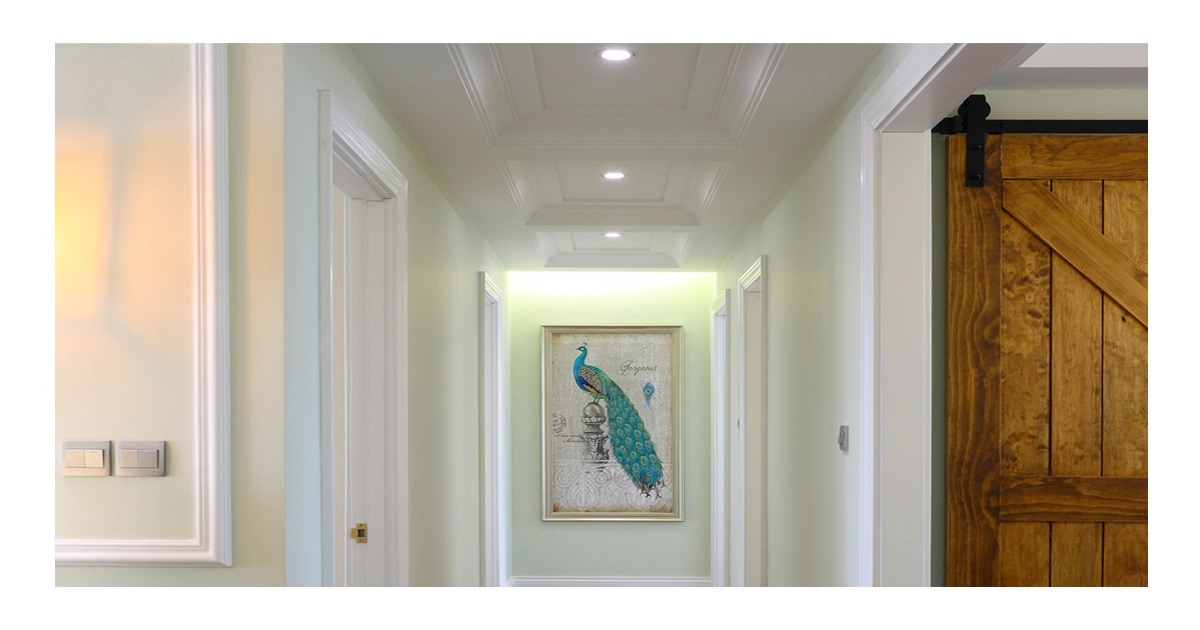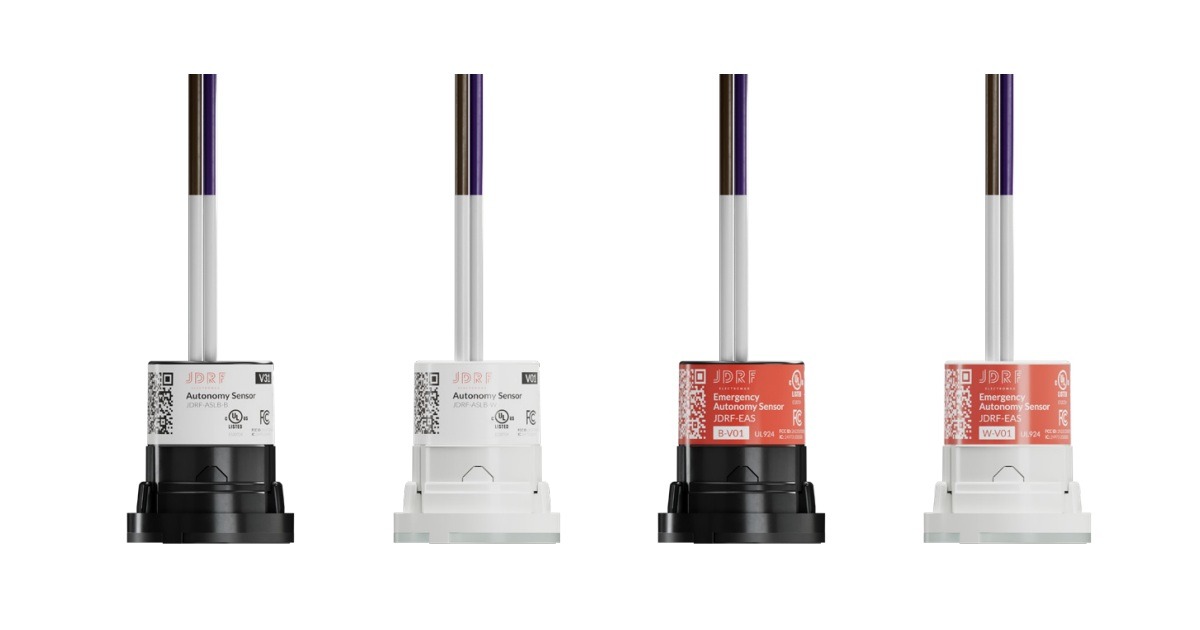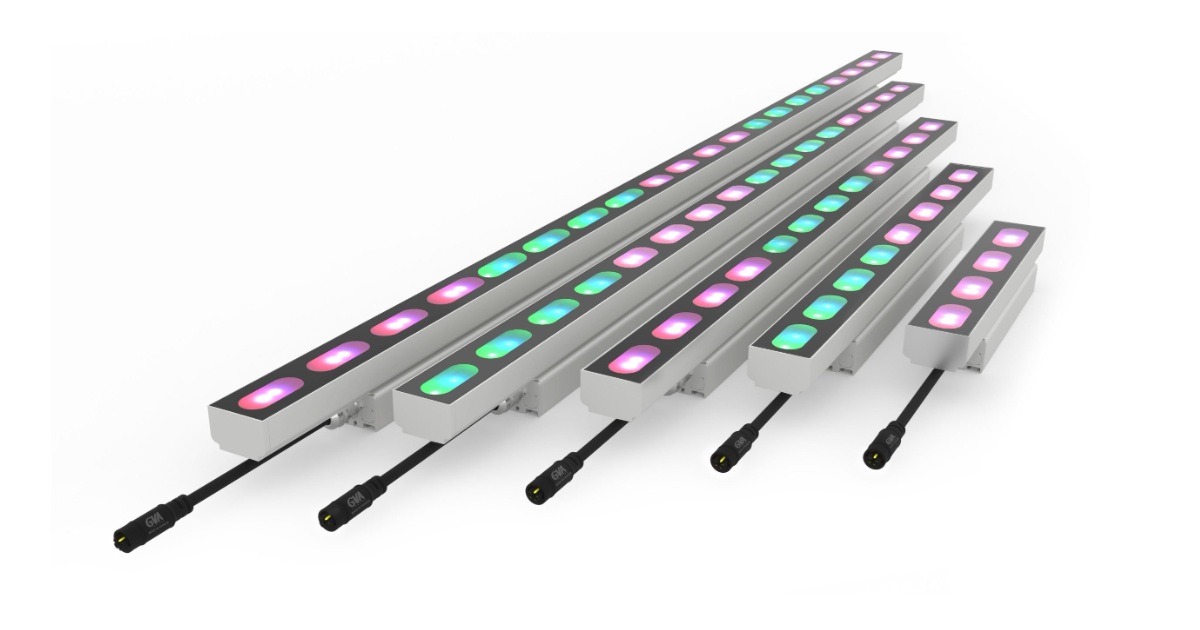SMS Engineering’s Bryan Smith on his Career and How Work Ethic Leads to Opportunity
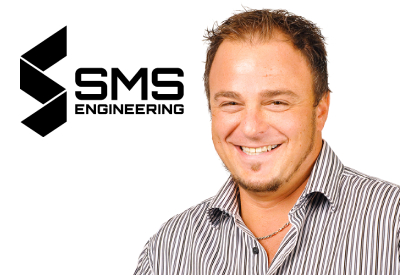
Jan 7, 2021
By Blake Marchand
Bryan Smith started his now 20-year career at the ground floor, so to speak, as a draftsperson and worked his way to a senior position at SMS Engineering, one of the largest independently owned consulting engineering firms between Calgary and Toronto.
“When I first started in the industry at the age of 20, it was a job to make ends meet. However, it did not take long for me to realize that I could make a career out of this. As a draftsperson I was exposed to a lot of different types of projects. Noticing patterns and how the devices had been laid out on previous projects helped me be more efficient and allowed me to help our designers with populating the floor plans with basic layouts as a draftsperson.”
“Lighting was something that quickly became of interest to me and before long I was able provide designers with lighting layouts and fixture selections that evenly illuminated the spaces with little direction, simply because of the exposure I had to a variety of projects.”
Smith noted he’s had a lot of great mentors throughout the years. Before moving to Winnipeg, a supervisor of Bryan’s saw his potential and helped him develop his skills as a professional.
“He taught me how to use the code book, size wires, size breakers, circuit a project – he realized I could do more and that I was willing to learn. When he realized I had those capabilities, he continued to challenge me and push me further.”
“That first firm continued to challenge me by pointing me towards online lighting courses that would help me better understand the science behind lighting, and how light reacts to different materials and different spaces,” added Smith, “There is much more involved with coming up with a good lighting design then evenly spacing fixtures in a ceiling grid, especially now a days!”
Eventually, Smith moved home from Calgary to Winnipeg, Manitoba and joined the team at SMS Engineering where he has designed for the past 16 years. A move he didn’t take lightly considering the opportunities his former company gave him.
“I’m a loyal person, I don’t like to jump around too much, however the move back to Winnipeg was something I needed to do for my family.”
Today, Bryan is a senior electrical designer and Associate with the firm. He attributes this success to strong mentorship.
“From the get-go with SMS, I had mentors who took an interest in me and were instrumental in my development. Knowing that I was willing to learn and push myself, my mentors advocated for me and really helped to advance my career. Looking back, the move to Winnipeg was the best thing that ever could have happened for me.”
With a keen interest in the design of lighting and lighting controls, Bryan has completed courses offered by the Illuminating Engineering Society and has worked closely with lighting control experts from New Jersey, Toronto, Calgary and Vancouver developing systems that meet both emergency lighting codes and the needs of the end users. These opportunities have enabled Bryan to gain the knowledge needed to produce lighting control design documents and schedules for lighting control systems for several of Winnipeg’s most recent large-scale projects.
{loadposition slideShow42}
Mentorship and Opportunity
Smith has certainly carved an impressive career, but one that has come with opportunity and work ethic. Coming into the industry without formal training in the electrical/lighting/engineering field, he has put in the time to learn on the job while taking courses during the evenings that have helped advance his career.
“I have been very fortunate to have had mentors that have taken a lot of interest in me and my capabilities and have given me opportunities to excel. It takes two, it takes someone who wants to provide that guidance and it takes someone who wants to absorb it and learn it.”
The first project Smith was a part of at SMS was the New James Armstrong Winnipeg International Airport, which was where he realized he could be successful working with lighting and lighting control. Smith recognized an opportunity, as at that time, SMS wasn’t widely recognized for their architectural lighting designs and the technology for lighting control was in its infancies. The project was a recipeint of an IES Award of Merit.
“During the early design stages of the terminal building SMS teamed up with a lighting design specialist out of San Francisco. We worked hand in hand with their team to select fixtures that met the aesthetic needs of the architect while providing the illuminance and ambiance required for a functional terminal building. During the design and commissioning of the lighting and lighting control systems, I started to think that I wanted to do more of this kind of work at SMS.”
Smith’s role with the company would grow from there, taking on lighting design as well as project management.
“Lighting and lighting control became my niche. Our company attracts unique jobs, and increasingly, our lighting team began to provide the lighting and lighting control designs for these projects.”
The Impact of Lighting Controls
“I’m a huge proponent of lighting controls. With the evolution of LED and control technology, lighting controls have become a key part in lighting design, especially for multiuse facilities and multiuse spaces.”
“Lighting can change the mood, look and feel of a space. Traditionally we would provide a lighting design to suit a specific space, function, and the architecture. Now with the introduction of LED and lighting control we can provide one lighting design for a space and through the use of a lighting control system, we can manipulate the lighting to change the mood or function of the space to suit many different event styles, which is huge for hotels, convention centers, and exhibit spaces to name a few.”
“With a multifunctional lighting and lighting control system, owners that rent out spaces for weddings, gala’s, banquets, conferences, etc. can now provide lighting options to their customers where the lighting is fully controllable allowing for unlimited flexibility for the event layout of the space and where color changing fixtures are present, the need to rent expensive lighting systems for individual events may no longer be required as it is built right into the base building systems.”
There are other advantages to installing a lighting control system, such as reduction in the carbon footprint. Typically, light fixtures in large buildings are on at 100% during the day and when turned off the nightlights are on all night at 100%. “With the introduction of a lighting control system and the creation of building specific lighting control schedules, we are able to reduce energy costs by programing specific zones / fixtures to turn on and off, and or dim specific zones / fixtures up and down throughout the day.”
Not only can you schedule when lights are on and off depending on occupancy, a big advantage is being able set light levels below maximum output, facilities can save more on energy consumption while prolonging the life of the system by programing the fixtures to never exceed 85% of their maximum capacity. Thus, creating additional savings on maintenance and replacement of fixtures and drivers.
“Most people will not be able to tell the difference between a light at 85% from a light at 100%, unless you’re using a light meter,” noted Smith.
Due to past unpleasant experiences, or the thought of an over complicated system, some clients do not always see the benefit of a lighting control system and during the costing stages of the project the lighting control is normally the first thing that is asked to be cut out or reduced during the design.
“Our team protects the lighting control system design, educating the ownership on the benefits of lighting control. Some facility owners don’t always understand the full benefit of lighting controls, and the long-term return on investment.”
These long-term savings on energy, maintenance, and prolonged life typically will exceed the cost of the installation of a lighting control system.
Interesting Projects
“Our team has designed two of the largest and most complicated buildings in Manitoba as it relates to lighting and lighting controls. One being the RBC Convention Centre expansion and renovation, which utilizes every form of lighting control available at the time of design, including but not limited to, 0-10V diming, reverse phase dimming, DMX, and Dali. We actually won an award of merit for lighting controls from IES North America for that project.”
The second building, which is in construction, is The Leaf at Canada’s Diversity Gardens on the Assiniboine Park campus. It’s a first of its kind building in North America, “Our team integrated all the lighting controls and AV under one platform. It’s going to be something spectacular once its open and ready to go,” said Smith.
Smith explained that the building consists of conventional construction for one part of the building with the other half being a biome. The biome is a combined 37,824 sqft space. “The biomes are encapsulated by ETFE and glazing with no interior walls, no insulation, and very little R value. Our team set out to design and build a true ecosystem that simulates the outdoor habitats of three separate native origins in a simulated environment indoors, which is intended to operate 365 days a year in Manitoba with no interior walls. The ETFE material used to encapsulate the biomes is a fluorine-based plastic continuously pumped with air, designed to for high-corrosion resistance and to maintain strength across a wide temperature range.”
{youtube}w9B_R_3Qz-0{/youtube}
The biome itself is separated into three sections requiring different climates, tropical, Mediterranean, as well as a butterfly biome.
All three biomes are very different from one another with regards to temperature, humidity, use, and function. However, all three posed the same design challenges electrically. No walls or ceilings to mount devices to and dealing with extreme outdoor conditions in an indoor setting.
“Our team, in conjunction with multiple suppliers, manufactures, and the architect developed a custom stainless-steel bollard that features a light on top of the bollard for pathway lighting, up to two fire alarm speakers, up to two fire alarm strobes, one pull station, and up to two custom laser etched exit signs in each of the bollards for egress,” explained Smith.
In addition to his design and project management responsibilities, Bryan also found time to serve as vice president of the Winnipeg Chapter of the Illuminating Engineering Society. It is important for him to give back to the industry that has given him so much opportunity.
Smith has been a part of some impressive and complex projects throughout his career. But the opportunity working with leading engineering firms, isn’t lost on him. “I’ve been extremely fortunate,” he said of his career.
Discussing SMS specifically, where he has spent most of his career, Smith said, “I’ve been given so much opportunity and I’m looking forward to continue to learn and grow in the next half of my career.”


